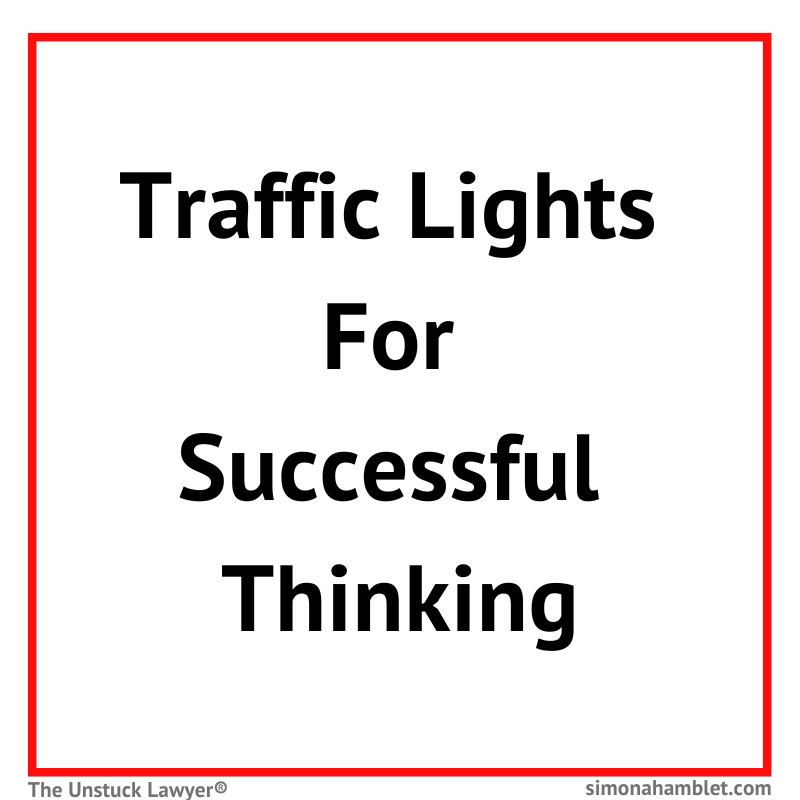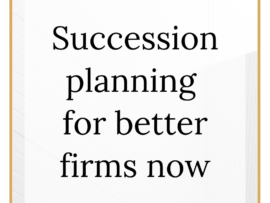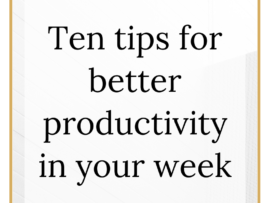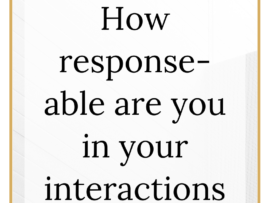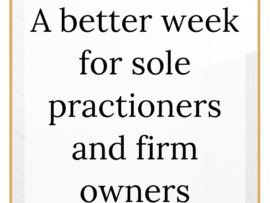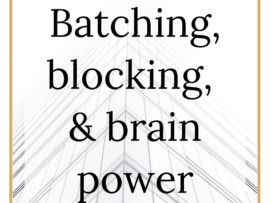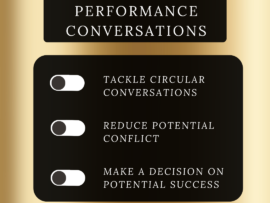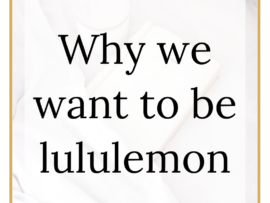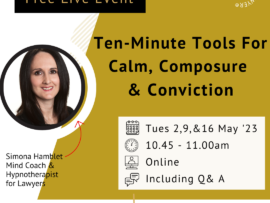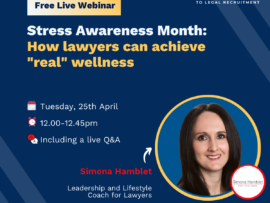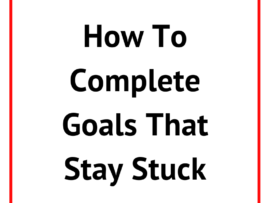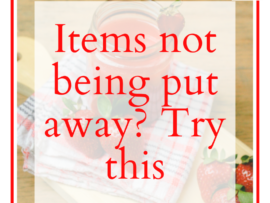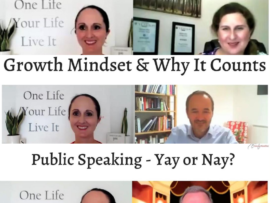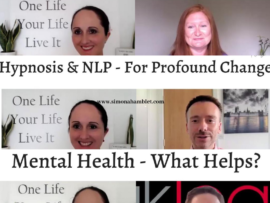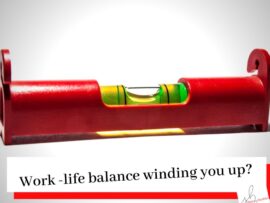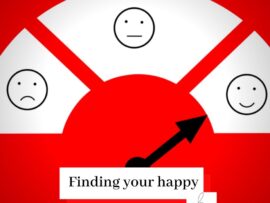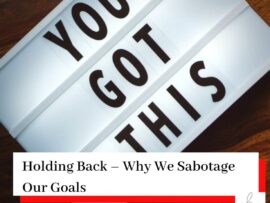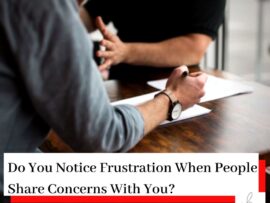Traffic Lights & Successful Thinking
0 CommentsTraffic Lights & Successful Thinking
Do you find yourself saying yes to something you wish you hadn’t? Doing something that wasn’t helpful? Or perhaps find yourself in the company of someone you would rather avoid?
Well, you are not alone.
Read on for a simple tool to help. A tool to tackle this in an easy and effective way.
Clarity and Better Decisions
Every single day we have to make decisions. And lots of them. Doing something, not doing something, agreeing to something, not agreeing to something. Maybe even trying to decide how to undo something that we have already agreed to!
These decisions are often ones we make instantaneously. The question is whether we are glad or regret them!
So how we can make these decisions more effectively, especially when oftentimes, they are being made in a split-second?
What can we do to make it easier?
Let me introduce you to – the traffic light system. A simple method from a few years ago now, to help make useful, and proactive, choices quickly. Ensuring we can make quick decisions that are aligned with our goals, focus, or desired outcomes.
It can be used for time management; taking a litmus test of how much you enjoy elements of your day or week; reviewing productivity; deciding what to do next in challenging situations; relationships; and more.
How to use traffic lights in decision-making
You may have seen red, amber and green used in other situations. For example, the traffic light system on food packaging in UK supermarkets. It gives people, at a glance, nutritional information such as the level of certain fats, sugar and salt. Red being high and green being low.
In the same way, you can use red, amber, and green in your decision-making and thought processes. The key is knowing, what your overall goals are for your business, career, and life. That way you can align your decisions with them.
What does this look like in practice?
I am sure you are already leaping ahead to the logic of this already. However, to expand, and give some examples:
Red – these are people, activities, approaches, or behaviours that go against what you want to experience. They might include activities that do not improve the bottom line, your enjoyment of work, key relationships, or your mental wellbeing. They move you away from time alone, making money, and spending time with pleasant people (or whatever your goals are).
Yellow/Amber – these are those activities, habits, or people, that whilst not derailing, you need to proceed with caution. These can be unhelpful in volume, at which point when combined they move you into the red. Social media usage, friendly but less beneficial conversations, going to bed later than usual, administrative tasks, and certain emails.
Green – these actions clearly take you towards your goals. They give you more of what you want, or will take you there. These activities (or people) can give you (or will move you towards) energy, drive, happiness, new friends, improved sales or income, a new promotion, relationships, new ideas or learning. To be clear, they will not always be enjoyable whilst doing them! However, overall, they support your mind, body, career, firm, relationship, or life goals.
The beauty of this tool is that once you have clarity on what you want, it can become instinctive. To think, or visualise red, amber, or green. Will ‘this conversation’ with this person (including in personal relationships) or ‘this meeting’ be useful or improve things? Green/amber/red?
Going out for a social night with particular groups, or indeed in a particular week that is already full. Green, amber, red? Is that marketing activity a low return or quite superficial (red), is it needed for some presence (amber) or can it drive leads (green).
Yes, there are times that we may need to research it further. However, if you notice you keep overriding your initial response, consider whether that has proved to be productive. Overthinking can get in the way.
Traffic Lights and Time Management, Clients, and Life
As touched on here are many ways you might use this. Relationships, marketing activities, social activities, and allocation of time in the week. It can go beyond that.
Are referrers, team members, or indeed clients, sitting in the green/amber combinations? Or are they in the red, combative, and difficult in their behaviours or demands?
A general litmus test for life. Looking at your week ahead, do you have anything coming up that makes you feel excited (green)? How can you do more of that?
Do you notice any activities that seem a bit unhelpful or that you might need to limit (amber)? Do you need to tweak this in some way?
Is there anything (or anyone) that makes you feel anxious, unhappy, or something that you don’t want to do? How can you do less of that, make it easier, or set stronger boundaries?
Sometimes another action is needed.
Keep it Simple
You will find this tool can be effective because it is simple to understand and it creates a pause. The pause itself allows for more effective decision-making.
And remember, the strength of it comes from knowing what you want, and don’t want, and using it regularly.
I hope you found this useful. I would love to know how you got on. Drop me an email or join me on social media, and tell me what changed for you.
In the meantime, play around with it, listen to your first response, and have a great rest of the week.
Simona
p.s. found this useful? Please share it with others.
p.p.s you may want to also use my 24-hour rule – and don’t agree to anything social/voluntary/extra for 24 hours. That knee-jerk yes, even for initial fun things, can sometimes be regretted.
